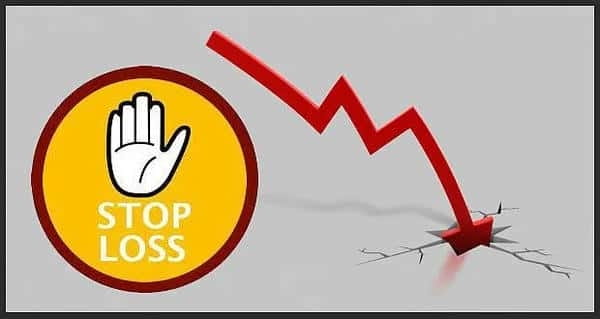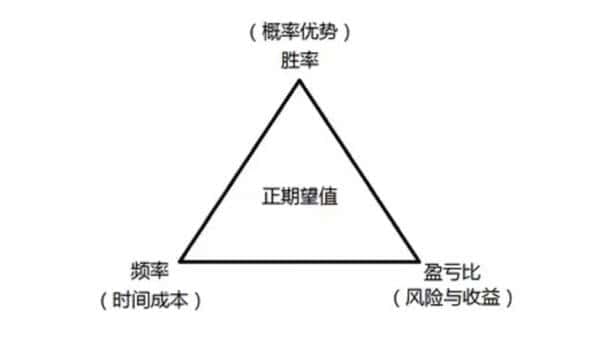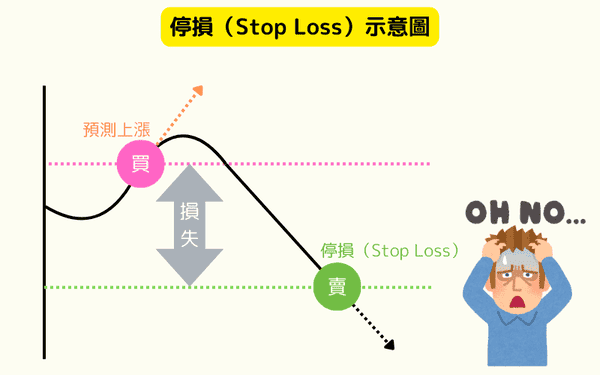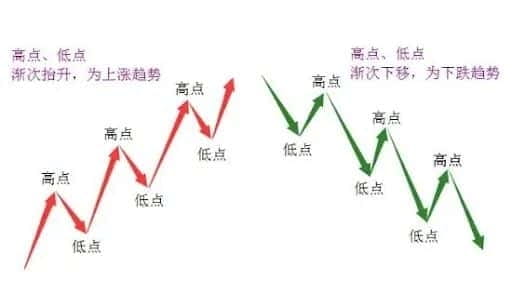
In cryptocurrency futures trading, the term stop loss is certainly familiar to you. Some see it as a 'lifesaver', while others view it as a 'trap'—setting a stop loss and still seeing the account suffer like it's been swept by a 'harvester', with continuous small losses and dwindling funds.
Today, we will discuss an advanced play: 'Probabilistic Setting' of stop loss. By combining win rate and reward-to-risk ratio, we can transform stop loss from a 'fund killer' into your 'profit amplifier'. Sounds exciting, right? Don't rush; we will break it down slowly to ensure you understand and can apply it!

Stop Loss: Lifeline or Fund Harvester? First, let's clarify what a stop loss is. Simply put, it's a 'bottom line price' you set in advance during trading. Once the market price drops to this point, the system automatically sells, helping you stop the loss. In the cryptocurrency market, where prices can multiply several times in a day or drop to zero in an instant, stop loss is essentially a lifesaver.
But reality is often harsh. Many people find themselves frequently 'swept out' after setting a stop loss—the price just grazes the stop loss point and then bounces back, leaving them watching opportunities slip away. Even worse, frequently triggering stop losses leads to small losses that feel like relentless harvesting, causing the account balance to plummet. Clearly intending to protect the principal, how did it turn into a 'fund harvester'?
Where is the problem? The stop loss is set too rigidly, failing to relate to the market and strategy! Traditional stop loss thinking focuses solely on 'not losing too much', forgetting the importance of scientific settings. We need to change our mindset and make stop loss 'alive'.

Win Rate and Reward-to-Risk Ratio: The 'Golden Partners' of Stop Loss To turn stop loss into a 'profit amplifier', you need two key assistants: win rate and reward-to-risk ratio.
Win Rate: This is the proportion of times you make money trading. For example, if you made money 6 times out of 10 trades, the win rate is 60%.
Reward-to-Risk Ratio: The ratio of the average money earned to the average money lost. For example, if you earn 1000 yuan each time and lose 500 yuan each time, the reward-to-risk ratio is 2:1.
Many people's stop losses focus only on 'losing less', resulting in either setting them too tight, leading to high win rates but pitifully low profits, or setting them too loose, increasing the reward-to-risk ratio but having such low win rates that it makes one question life, ultimately still ending up with losses. Balance between win rate and reward-to-risk ratio is essential for maximizing the effectiveness of stop loss.

Probabilistic Settings: Making Stop Loss 'Alive' What do we mean by 'probabilistic settings'? It means not treating stop loss as a dead rule, but rather dynamically adjusting the stop loss point based on market fluctuations and your trading strategy. To put it simply, let the stop loss follow the actual situation, rather than applying a one-size-fits-all approach.
For example, suppose you have a trading strategy, and historical data tells you that the win rate is 50% with a reward-to-risk ratio of 1.5:1. That means, out of 10 trades, you earn 5 times, and each time earned is 1.5 times the amount lost. In this case, you need to set the stop loss based on the characteristics of the strategy—neither too conservative nor too aggressive.
Core Secret: The stop loss point should match the profit target. If your strategy has a high win rate but a low reward-to-risk ratio, then set a tighter stop loss, allowing for slightly larger small losses, but losing less each time; if the win rate is low but the reward-to-risk ratio is high, then loosen the stop loss, endure the fluctuations, and wait for big profit opportunities.

Life Analogy: The Similarity Between Buying Lottery Tickets and Stop Losses In case you're getting confused, let's use a life example to illustrate: buying lottery tickets. Suppose you spend 10 yuan on a lottery ticket with a 10% chance of winning and a potential 100 yuan prize. What is your 'stop loss'? It might be 'if I lose 10 times in a row, I won't buy again.' But that's very rigid and doesn't consider the probability of winning and returns. If we adjust our strategy based on probabilities, like buying more tickets after winning and buying fewer if we haven't won, we might earn more.
Trading in the cryptocurrency market is no different. When market volatility is high, the stop loss can be looser to avoid being swept out by 'noise'; when the market is stable, the stop loss can be tighter to lock in profits. Moving the stop loss can help seize more opportunities!

Specific Techniques: How to Set 'Probabilistic Stop Loss'? After discussing the theory, here are a few practical methods for you: 1. Stop loss based on ATR (Average True Range)
ATR is an indicator that measures market volatility. The stop loss point can be set at 'entry price ± N times ATR'. For example, stop loss = entry price - 2*ATR.
The benefit is that when the market is highly volatile, the stop loss automatically widens, and when volatility is low, it tightens, keeping pace with the market rhythm.
2. Stop loss based on technical indicators
Using moving averages, Bollinger Bands, and other indicators to set stop losses. For example, place the stop loss below the lower Bollinger Band.
This allows the stop loss to follow the trend, preventing it from being triggered before a market reversal.
3. Time Cycle-Based Stop Loss
Set a time limit, such as 'close the position if it hasn't reached the target within 3 hours'.
Suitable for short-term strategies to prevent funds from being 'trapped'.
4. Dynamic Adjustment Based on Win Rate and Reward-to-Risk Ratio
Backtest your strategy to find the optimal stop loss point. For example, if the win rate is high, set a tight stop loss; if the reward-to-risk ratio is high, set a loose stop loss.
This method requires some data skills, but the effect is excellent.

Real Case: How Stop Loss Became a 'Profit Amplifier' Let me tell you a true story: There was a trader who used a trend-following strategy with a win rate of 40% and a reward-to-risk ratio of 3:1. Although he won less often, he made a lot of money each time he won. Based on this feature, he set a loose stop loss, allowing the market to fluctuate a bit longer. What was the result? There were indeed many small losses, but once he caught the trend, the profits doubled. In the long run, the account steadily grew, and the stop loss transformed from a 'harvester' into a 'money printer'.

Stop loss is not a panacea, but it can be highly effective. Having said so much, let me temper expectations: there is no 'universal formula' for setting stop losses. Everyone's risk tolerance and trading habits are different; what works for others may not work for you. However, by using 'probabilistic settings' in conjunction with win rates and reward-to-risk ratios, you can definitely make your stop loss smarter and more effective.
In the cryptocurrency market, stop loss is not the goal, but a tool—one that helps you lose less and earn more. Learn to set stop losses scientifically, and you’ll be one step closer to guaranteed profits. Now, hurry and give it a try, and don’t let the 'fund harvester' find you again!


